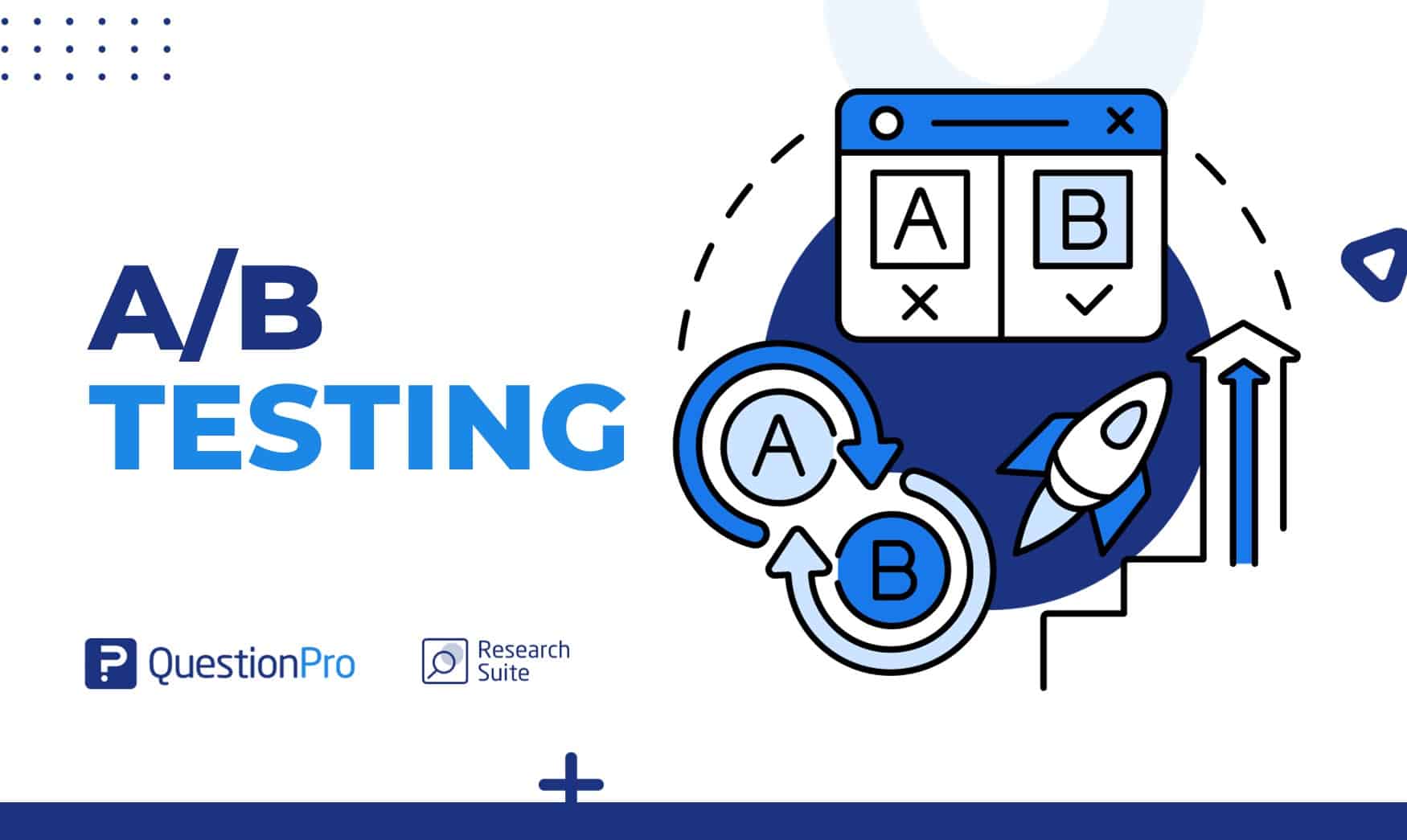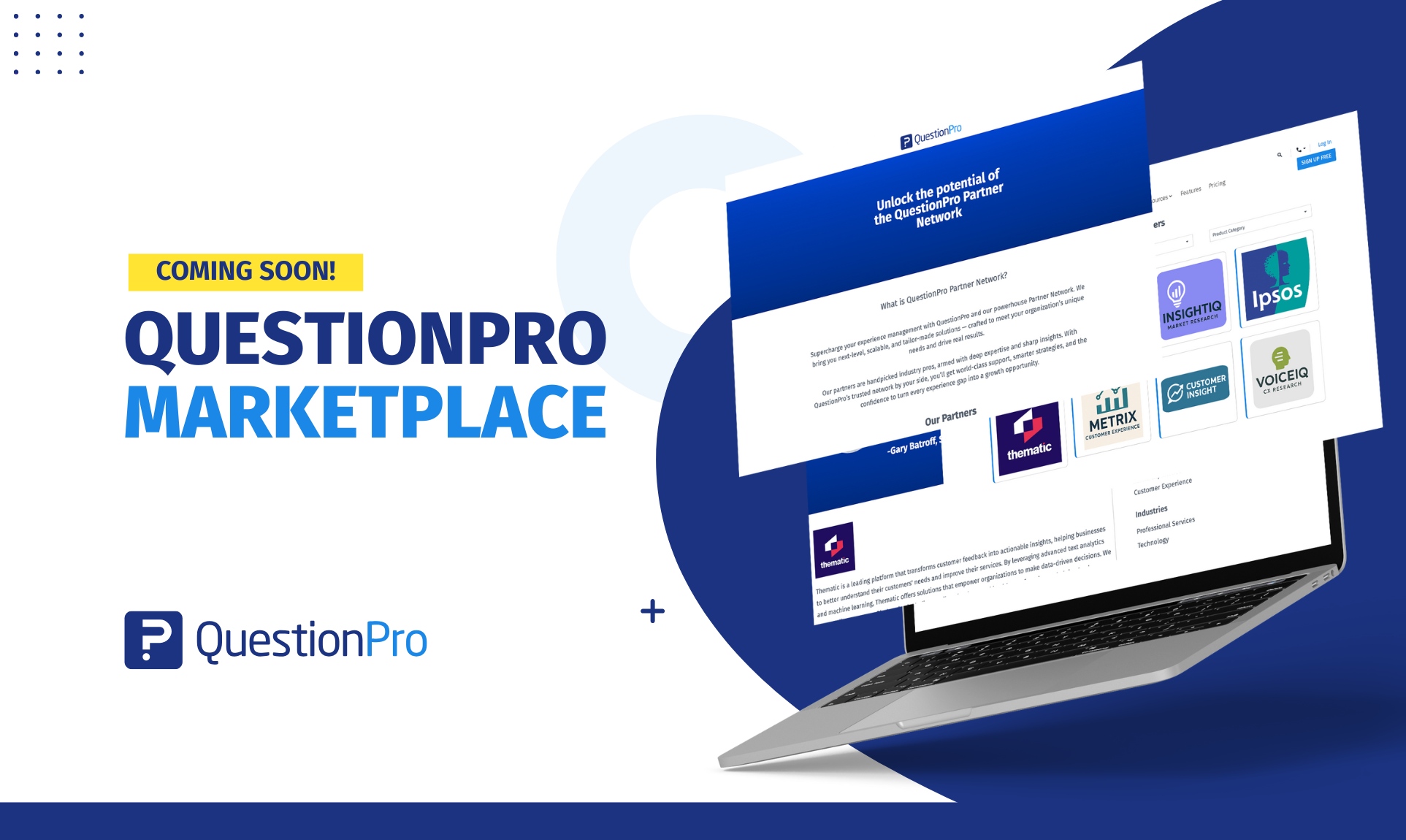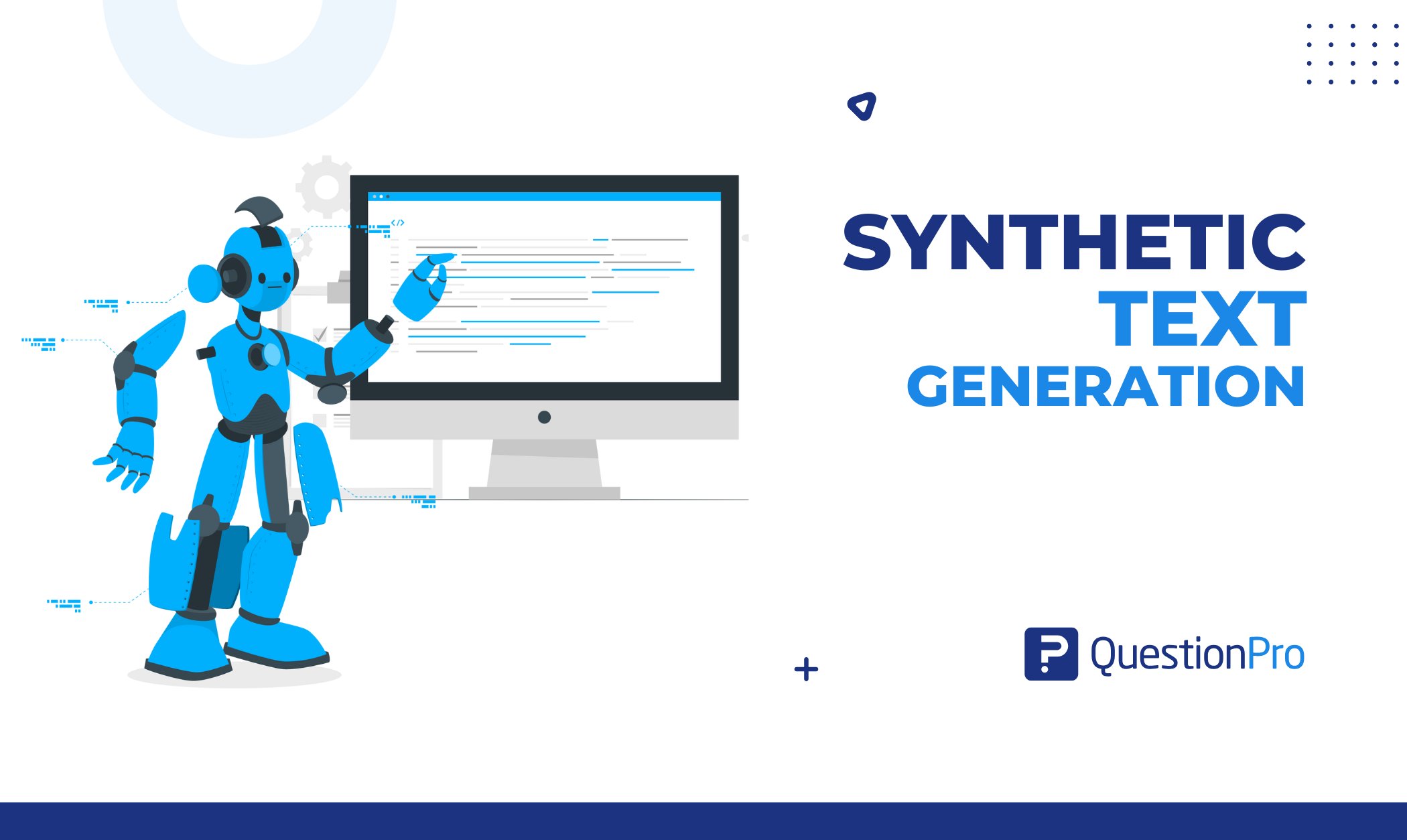
A/B testing is widely used in marketing and business strategies to identify the user behavior of different product variables and, in this way, find the one with the best performance.
A/B testing is a method where businesses show users different versions of a product or webpage to see how they react. This helps companies make decisions based on data about which elements work best for their target audience.
In this blog, we will show you what it is and how you can take advantage of them in your business.
What is A/B testing?
A/B testing is a way of experimenting randomly to see which of two or more versions of a variable (like a webpage or a part of a webpage) works better.
Test A is the original version, and Test B is a new version. They’re compared to find out which one performs better.
This method involves showing different product versions to random groups of people on a website. Analyzing the results statistically helps figure out which version has the most significant impact and improves business metrics.
A/B testing is also known as split testing or bucket testing. People who specialize in improving websites and managing online shopping experiences use A/B testing to make data-based decisions.
Types of A/B testing
A/B testing is an important method for improving digital experiences, and it has two main types: Exhibit A vs. B and Split Test.
01. Exhibit A vs. B
This type of A/B test compares two versions of the same web page or email to see which one performs better. Businesses analyze metrics like click-through rates and conversion rates to make decisions about design, content, or layout changes.
You can directly compare the two versions to improve user engagement and reach specific goals.
02. Split Test
A split test randomly divides respondents into two groups, each receiving a different survey version. This method helps determine if there’s a statistically significant difference between the two groups.
Split testing is valuable when assessing changes that might affect user preferences or behaviors, providing insights into the effectiveness of content, design, or functionality variations.
When conducting A/B testing, it’s crucial for you to choose the right elements to test to achieve meaningful test results. Focus on variables that can significantly impact your website’s performance.
Testing the color of a button might not give you substantial insights. Still, variables such as page layout or the content of a call to action are more likely to influence your website’s conversion rate positively.
Adopting this strategic approach ensures that your A/B testing efforts concentrate on changes that genuinely optimize your user experience and achieve desired outcomes.
Benefits of A/B testing
A/B testing offers several benefits that help enhance a website’s performance and user experience. Here are some key benefits highlighted:
01. Continuous Improvement of User Experience
A/B testing is a useful tool for making continuous improvements to user experience. Teams can make changes one at a time, gather data on their effects, and refine elements such as headlines, images, forms, calls to action, and page layout. This iterative process helps optimize user experience based on collected data.
02. Effective Resolution of Visitor Pain Points
By using A/B testing and insights from tools like heat maps and Google Analytics, you can find and fix common problems visitors might face. Whether it’s making text clearer or helping users find important buttons easily, this data-driven approach improves the overall user experience and boosts conversion rates in various industries.
03. Reducing Cart Abandonment in Online Shopping
If e-commerce businesses are struggling with lots of people leaving their shopping carts without buying, they can use A/B testing to help.
By trying out different things like product pictures, how the checkout page looks, and how shipping costs are shown, companies can figure out what makes people leave and make changes to lower those rates. This makes the online shopping experience better for everyone.
04. Improving Conversion Rates
A/B testing is a helpful method for enhancing conversion rates. It systematically tests various elements like where to place the call-to-action (CTA), the colors used, and anchor texts.
This split testing can help you find the best strategies to get users to click on landing pages, complete forms, and become leads. As a result, you can see measurable improvements in their overall conversion metrics.
05. Informed Decision-Making for Website Redesign
A/B testing is crucial for decision-making in website redesigns. Instead of depending on personal opinions, you can make design decisions based on data.
Ongoing testing, even after the redesign, you can make sure that the selected design elements truly capture and involve visitors, supporting the aim of offering an improved user experience.
06. Maximization of ROI from Existing Traffic
Understanding the significant expenses linked to getting good website visitors, A/B testing becomes a smart method for getting the most value from your visitors.
By making small enhancements guided by data-driven information, you can boost your conversions without spending more money on bringing in new visitors. This leads to a great return on investment.
How to create random A/B testing groups?
Creating random AB testing groups is a crucial step in ensuring the validity and reliability of your experiments. The process helps minimize biases and allows you to focus on the actual test elements rather than external factors.
Here is how you can create your random AB testing groups:
1. Understand the Importance of Randomization
Before getting into the technical details, it’s important to recognize why randomization is essential. The scientific method relies on controlling for variance, and randomization is a powerful tool for achieving this control. It helps reduce the impact of external factors that could introduce bias into your testing process.
2. Choose Your Test Subjects
Identify the potential survey respondents or participants from a group relevant to your testing objectives, such as customers or subscribers.
3. Use MS Excel for Random Number Generation
If your initial list is in MS Excel, you can use the random function to generate a random number for each record. Add a new column for these random numbers to introduce randomness and eliminate any order in the original list.
4. Sort the Random Numbers
Once you’ve assigned random numbers to each record, sort the column in ascending or descending order. This step is crucial in preparing your dataset for random allocation, ensuring that any inherent order in the original list is randomized.
5. Use SPSS for Group Creation
Both MS Excel and SPSS can be used, but SPSS is often preferred for advanced statistical analysis. Create randomly selected test groups in SPSS based on the randomized list generated in Excel.
6. Specify Group Size
As the survey author, you can choose the group size, either as a fixed number or a percentage of the total database. This allows you to control the proportions of participants in each test group.
7. Verify Randomness
To ensure successful randomization, conduct tests like crosstabulations or analysis of variance (ANOVA) for metric variables. If chi-square values for crosstabulations or F statistics for ANOVA tests are insignificant, you have successfully created randomly allocated test groups.
8. Monitor for Unintended Patterns
Regularly review your randomization process to ensure no unintended patterns or biases emerge over time. This ongoing vigilance helps maintain the integrity of your testing groups.
How to conduct A/B testing?
When you conduct A/B tests, you can learn how to improve things. Here is the process of conducting an A/B test in just 7 simple steps:
Step 1: Collect data
Start by gathering data using tools such as heat maps, online surveys, or biometric data. Focus on high-traffic areas or pages with significant conversion or bounce rates.
Step 2: Choose a Variable to Test
Identify the independent variable you want to test. Keep this variable separate to measure how well it performs accurately. This helps make sure that any changes can be clearly linked to that specific element.
Step 3: Identify Objectives and Audience
Choose a main goal for your measurement, like clicking a button, completing a purchase, or subscribing to an email. If your tests involve controllable audiences (such as emails), make sure each group is equally represented to get clear and definite results.
Step 4: Generate Test Hypothesis
After establishing your objective and identifying your audience, come up with ideas for improvements. Rank these suggestions according to the expected positive changes and how challenging they might be to put into practice.
Step 5: Make Design Variations
Create different versions of your website or app by making changes based on your ideas. Use the visual editors available in A/B testing tools, and make sure to check the quality to make sure the experiment is successful.
Step 6: Run the Experiment
Start the A/B test by randomly assigning visitors to either the control or variant experiences. Then, measure and count interactions, comparing their performance to figure out how effective each version is.
Step 7: Analyze the Results
After completing the experiment, analyze the A/B testing results. Examine the data, check for differences in performance between the two versions, and figure out if there’s a significant impact statistically. This step is crucial for drawing meaningful conclusions from your A/B test.
How QuestionPro can help with A/B testing?
QuestionPro is an online survey platform designed to create, distribute, and analyze surveys and questionnaires. It offers various features and tools so you can create surveys, collect responses, and get useful insights from the collected data.
In QuestionPro, you can do A/B testing by giving respondents different conditions without them knowing about the other one. This helps get unbiased opinions as people can compare and choose between options.
Here is how QuestionPro can help in A/B testing:
- Different Survey Versions: With QuestionPro, you can make several versions of a survey. This is important for A/B testing, where different groups see different survey versions to compare things like question-wording, layout, or design.
- Random Assignment: A key part of A/B testing is randomly assigning participants. QuestionPro allows you to randomly assign respondents to different survey versions, making sure each version is shown to a fair and unbiased group.
- Block Randomization: A/B testing often involves trying variations within survey blocks or sections. QuestionPro’s block randomization lets you mix up the order in which specific blocks appear, reducing the impact of order effects and biases.
- Question Variations: In QuestionPro, you can create different versions of individual questions or groups of questions. This is crucial for A/B testing specific elements to see how small changes affect how people respond and the overall test results.
- Real-time Reporting: Successful A/B testing needs constant monitoring of test results. QuestionPro likely has real-time reporting, which lets you keep track of participant responses and insights as they come in.
- Data Export and Analysis: After A/B testing is conducted, QuestionPro lets you export data for further analysis. This includes detailed information about responses, randomization data, and other relevant metrics.
QuestionPro is a comprehensive survey platform that supports A/B testing by providing the necessary features and tools for randomization, versioning, and analysis. This allows you to refine and optimize your surveys based on real-time insights and statistical validity.
Don’t miss the opportunity to maximize the power of A/B testing with QuestionPro.







